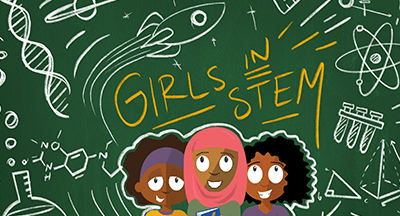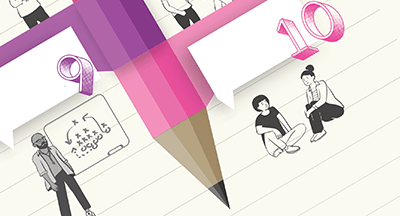
The past year has been incredibly tough on students regardless of which method of learning they’re experiencing.
As more students return to a stable learning environment, some may need an extra boost to join their peers. No matter which intervention method is used, four types of tools can support teachers’ intervention plans, including RTI and MTSS, in a variety of different ways.
1. Documentation and planning
All student records should be kept together, and FERPA-protected access should only be granted to those who truly need it in order to help the student. In an intervention situation, that could add up to a handful of people in various roles. Permissions may be granted by role, by class, or by another method determined by the district. Once a student moves out of an intervention tier, class, or group, permission must be promptly evaluated in order to remain FERPA compliant.So what are the benefits of a central location for documentation and access? Everyone is on the same page (literally) and knows the status, expectations, timeline, and progress. It’s easier to prepare for check-ins and students see a unified front, so they feel supported.
2. Assessment and data review
Once students are assessed, it’s best to report their data in multiple ways so more people can provide insight according to their skillset.Different ways to measure and monitor progress can be adjusted in student information systems. This is a district-level decision and isn’t easily changed, although some schools are experimenting with different methods. Standards-based grading, decaying average, and other new grading options are becoming more widespread. The pandemic has revealed an opportunity to try different methods of measuring mastery.
3. Family feedback
It is impossible to overcommunicate with families when students need extra help. A full view of the student experience, both at school and at home, brings a deep understanding of the student’s individual world, which is crucial for a strong intervention.Parent portals are accessible to families through mobile devices, which most families can access regardless of income level. The parent portal option reserves a channel of communication solely for the student’s progress.
When intervention specialists can communicate home quickly, they also have the opportunity to celebrate with families. Getting that extra boost from both worlds can create a support network that ignites motivation and kindles determination along the intervention journey.
4. Behavior tracking
Another facet of intervention requires monitoring behavior in the school setting. This doesn’t mean all behavior tracking is punitive. Identifying and celebrating wins does wonders to raise morale and motivation. Positive behavior recognition and tracking offers a great way to interact with students at their best, rather than exclusively responding to struggle. Early response at the minor infraction level can end a cycle of abusive behavior before people are hurt.Behavior tracking options can be added to the daily dashboard view of how the student is progressing in intervention. That way, educators won’t have to track down information other staff members may have added to the student record outside the intervention system.
What happens when intervention tools work seamlessly?
The results are beautiful, and best discovered straight from the source: phenomenal teams using the tools they love to create a brighter future for kids they believe in.Follow-up resource: Subscribe for more
WHAT'S NEXT FOR YOUR EDTECH? The right combo of tools & support retains staff and serves students better. We'd love to help. Visit skyward.com/get-started to learn more.

|
Erin Werra Blogger, Researcher, and Edvocate |
Erin Werra is a content writer and strategist at Skyward’s Advancing K12 blog. Her writing about K12 edtech, data, security, social-emotional learning, and leadership has appeared in THE Journal, District Administration, eSchool News, and more. She enjoys puzzling over details to make K12 edtech info accessible for all. Outside of edtech, she’s waxing poetic about motherhood, personality traits, and self-growth.




